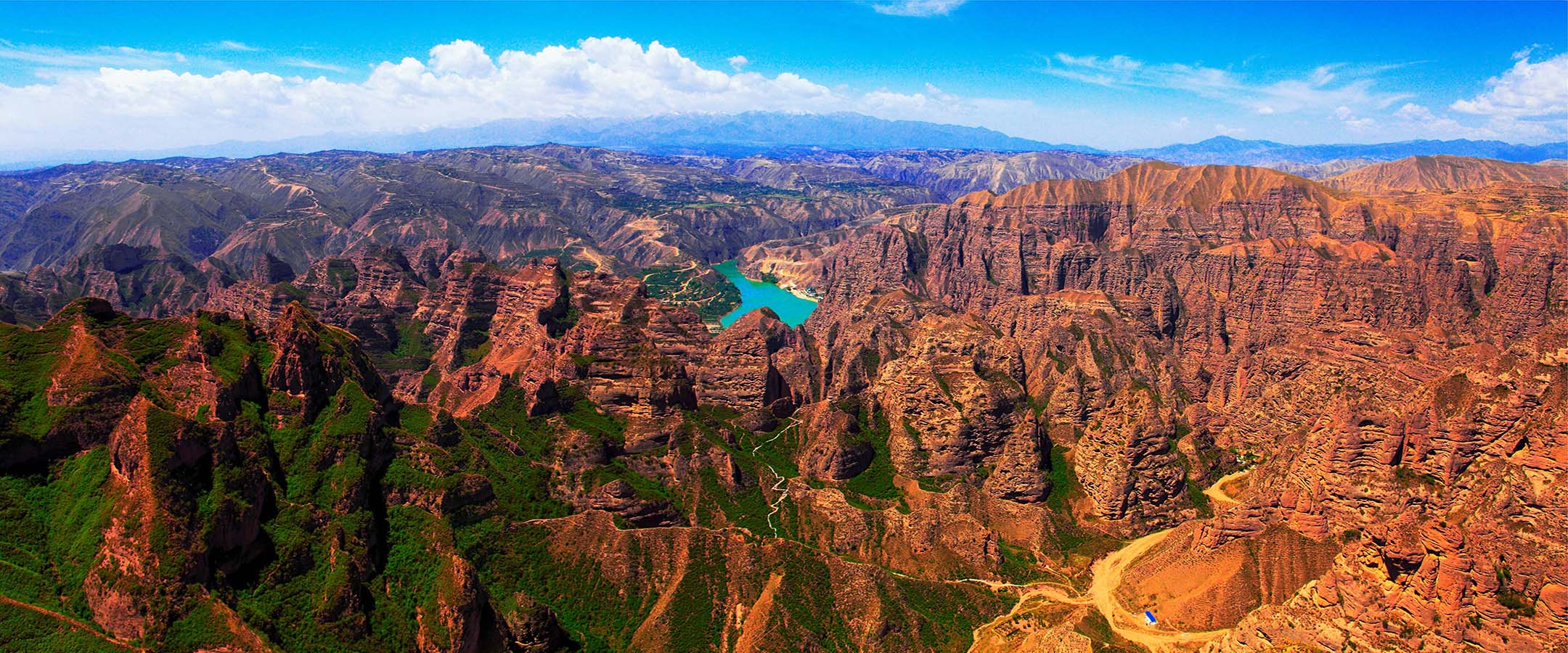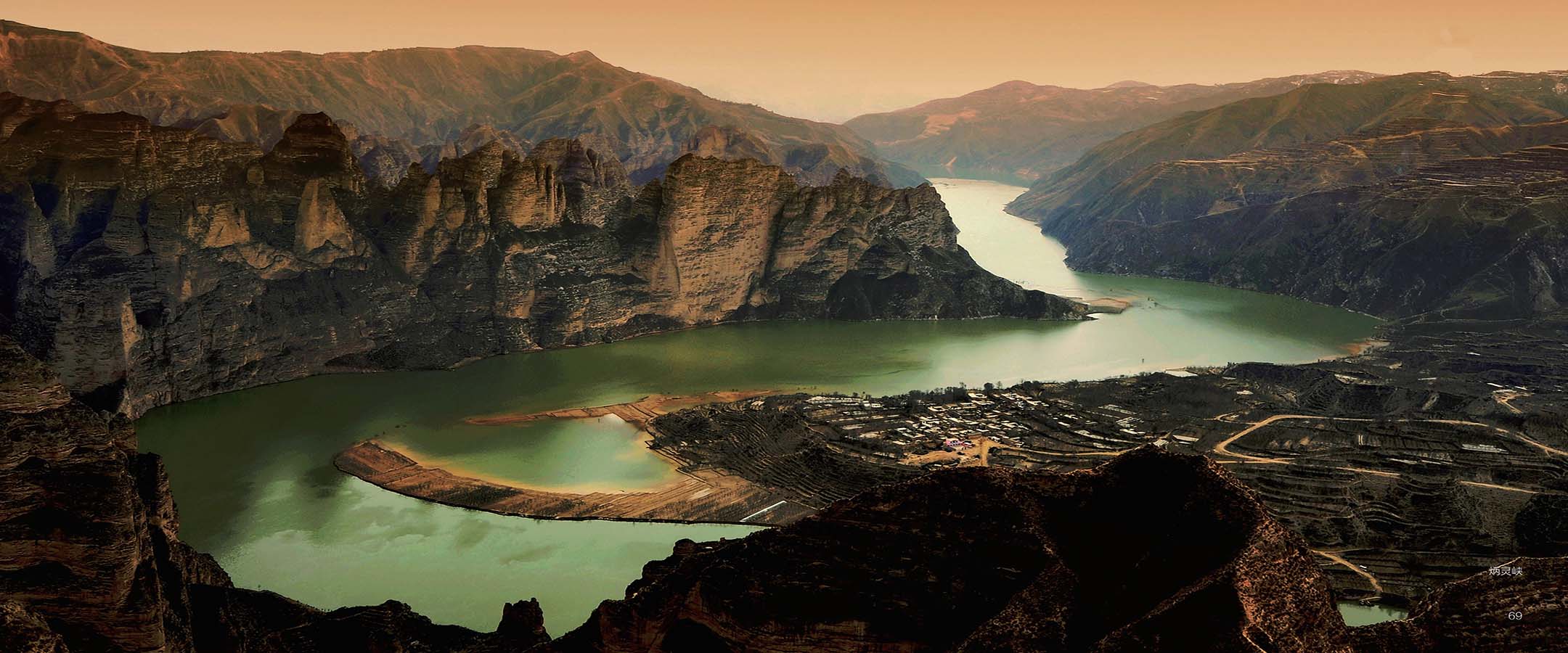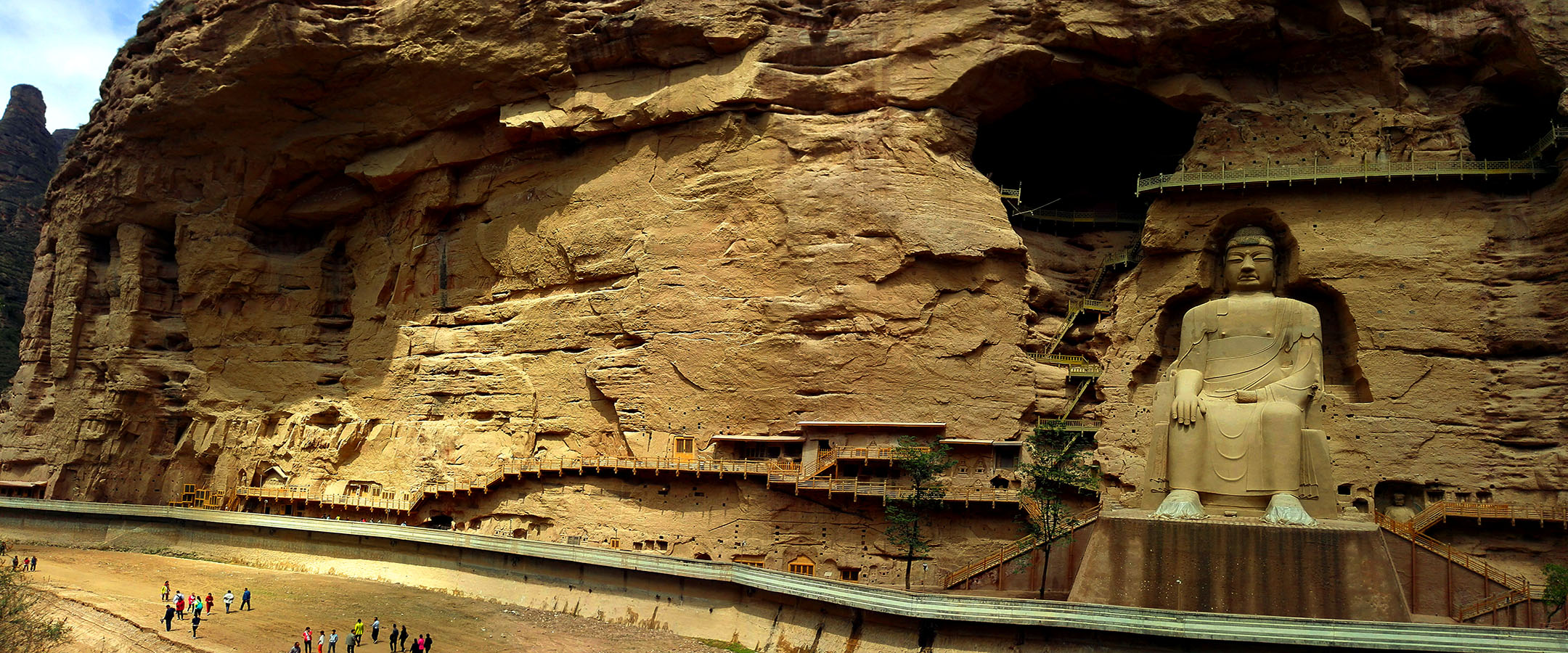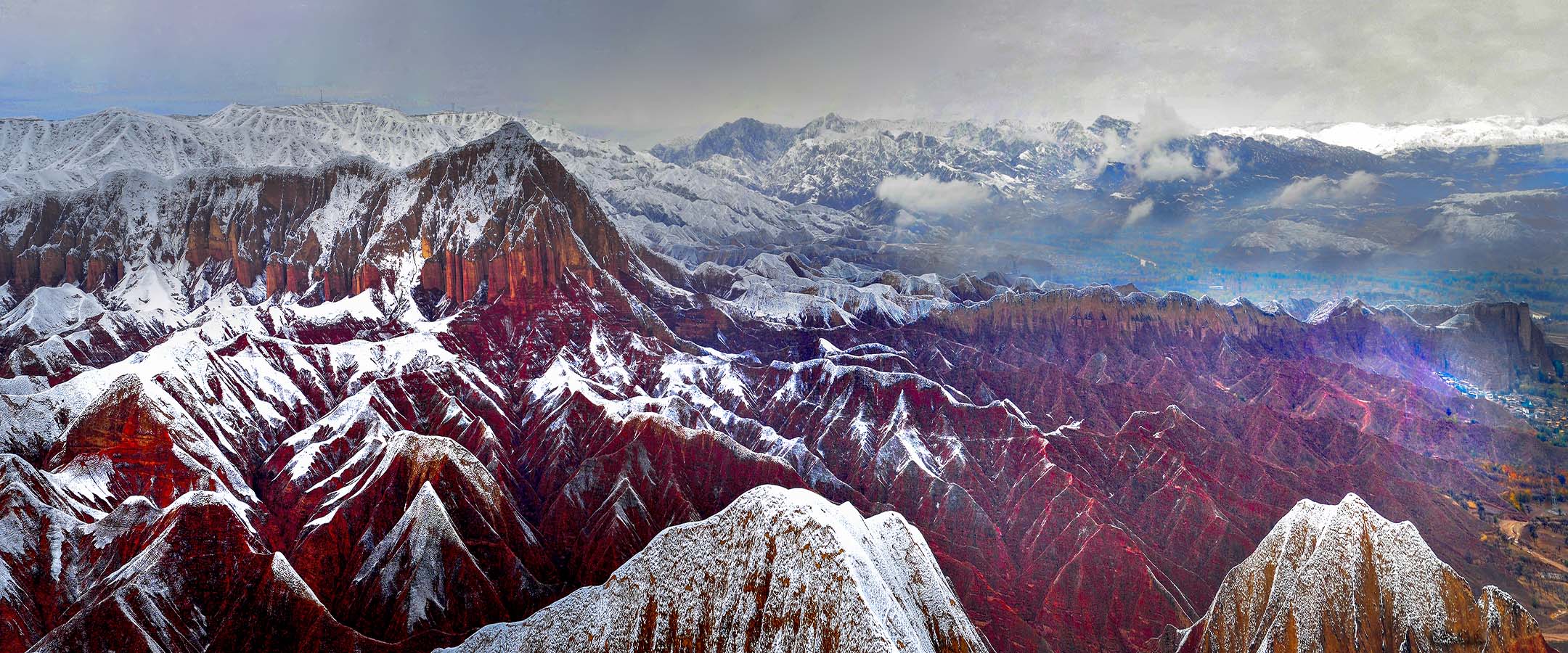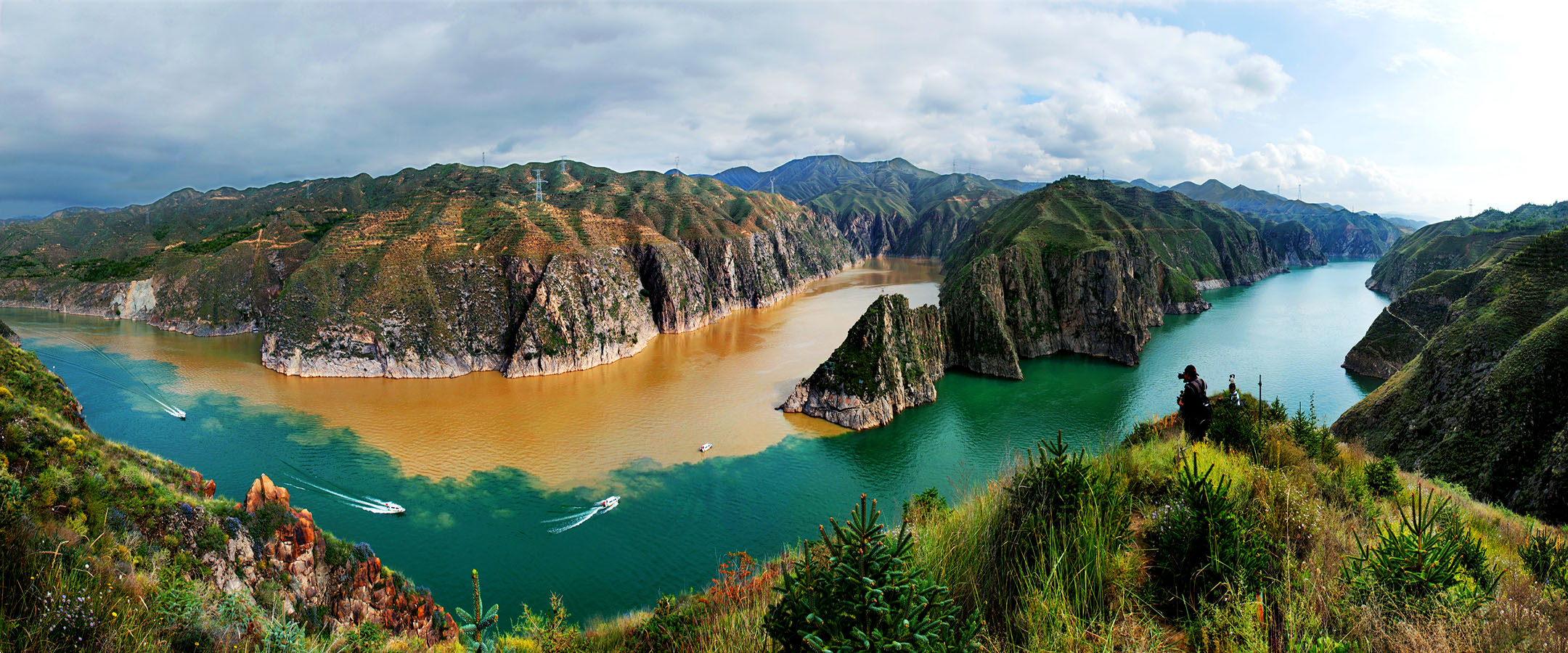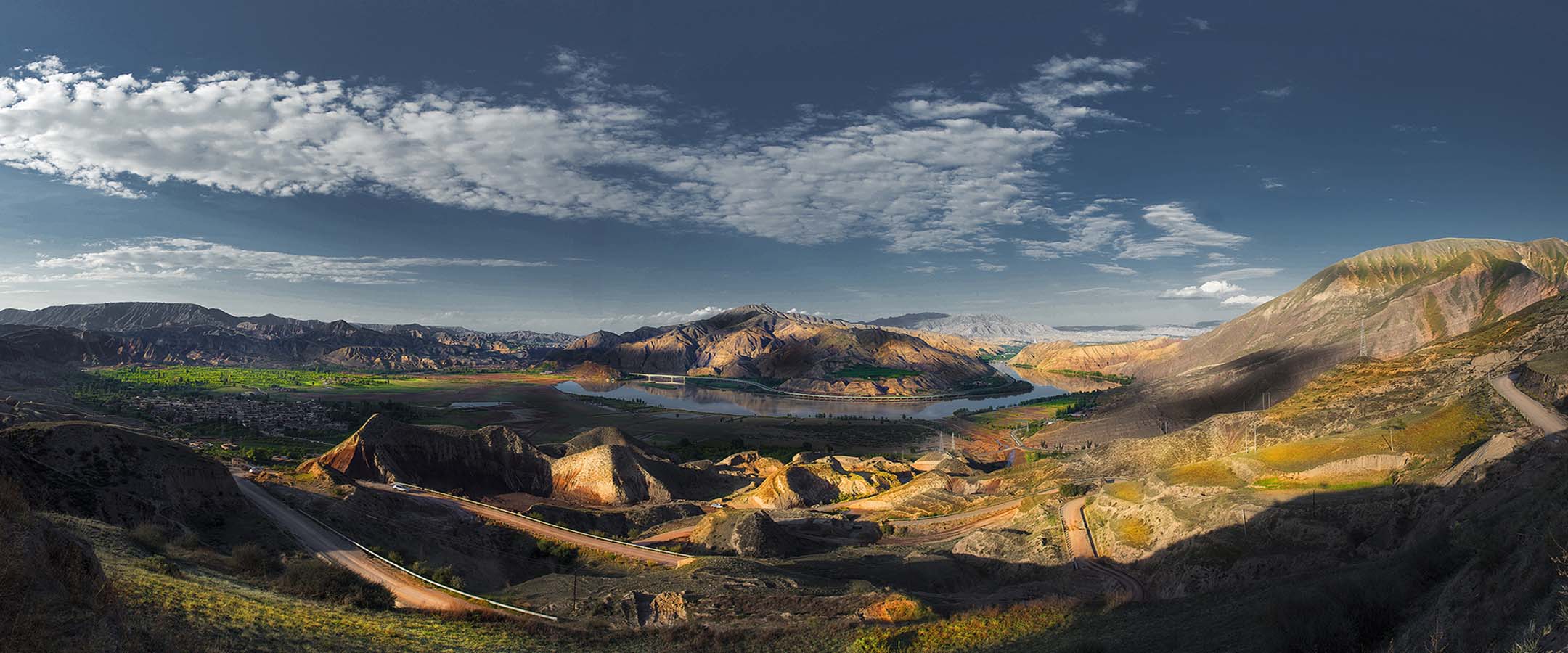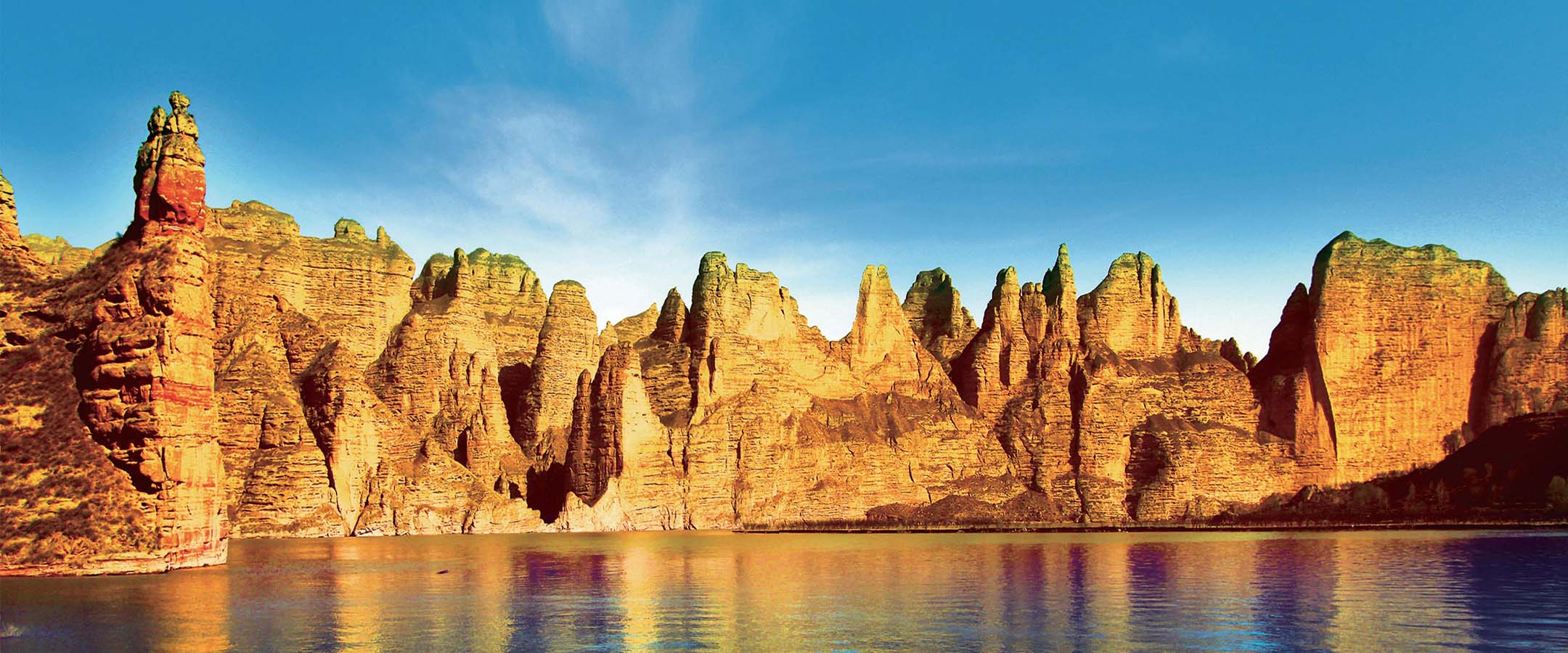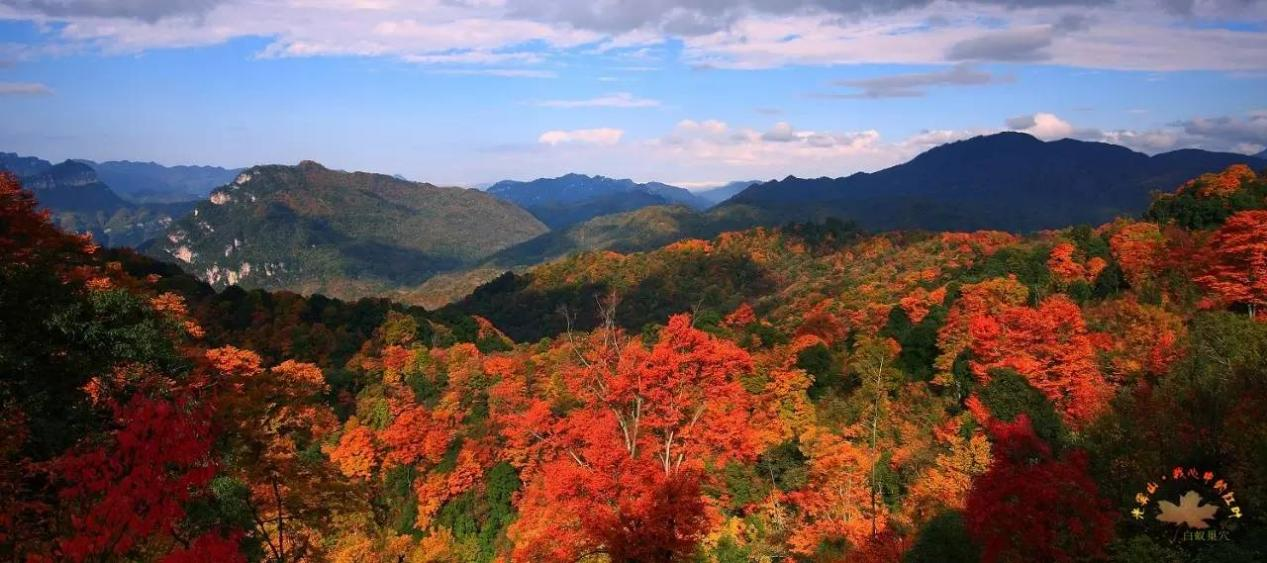
光雾山-诺水河联合国教科文组织世界地质公园位于中国四川省巴中市,地跨南江县和通江县,面积1818平方千米,由光雾山旅游景区、米仓山旅游景区、十八月潭旅游景区、神门旅游景区、诺水洞天旅游景区、临江丽峡旅游景区及空山天盆旅游景区组成。公园内完整出露了扬子地块从基底到盖层的地质剖面序列,包括太古代、元古代、古生代、中生代、新生代5个地质历史时期的岩石、地层、古生物化石、变形构造等,是研究古大陆形成演化、中新生代陆内盆地耦合,秦岭造山带形成演化的理想区域。公园喀斯特地貌兼具南北特色,发育于震旦纪、寒武纪、奥陶纪、志留纪、二叠纪、三叠纪六个不同时代的碳酸盐岩地层中,有气势磅礴、秀丽多姿的峰丛,高密度溶洞群,以及规模宏大的洞穴钙华景观,显示了从地表到地下的喀斯特演化系统,连续而完整,典型而稀有。公园是四川盆地北部边缘山地重要的生物基因库,有植物2100余种,动物500余种,也是有“植物活化石”之称的水青冈属植物的起源地和现代分布中心之一。留存千百年的文物古迹,英勇奋战的革命遗迹,世代传承的非物质文化遗产汇集与此,积淀出深厚的人文底蕴。
Located in Nanjiang and Tongjiang counties of Bazhong City, Sichuan Province, China, the Guangwushan-Nuoshuihe UNESCO Global Geopark covers an area of 1,818 square kilometers. The geopark is comprised of seven tourist scenic areas, i.e., Guangwushan, Micang Mountain, Eighteen Moon-like Ponds, Shenmen, Nuoshui River Cave Heaven, Linjiang Valley, and Kongshan Sky Basin. Inside the Geopark, the Yangtze Block completely displays its geological section sequence from base to the cover layer, including the lithostratigraphy, paleontological fossils, and deformation structures from five periods in geological history, including Archaeozoic, Proterozoic, Paleozoic Erathem, Mesozoic Erathem, and Cenozoic Erathem, respectively. Hence, it is considered as the ideal region for studying about the formation and evolution of paleo-continent, the coupling of intracontinental basin range during Mesozoic and Cenozoic, as well as the formation and evolution of the Qinling Orogenic Belt. The karst landscape in the Geopark embraces the characteristics of its kind seen in both northern and southern China. They were developed in carbonate formations throughout six different periods: the Aurignacian, the Cambrian, the Ordovician, the Silurian, the Permian and the Triassic, and are shaped into the majestic and colorful peaks, high-density cave clusters and large-scale Cave Adarce. all of those combines to demonstrate the evolution of Karst from both the earth’s surface to underground. The evolution is not only continuous and complete but also typical and rare. The location of the Geopark makes an important biological gene bank in the mountains on the northern edge of the Sichuan Basin, with over 2,100 plant species and 500 animal species, and is also the origin and one of the distribution centers of the Fagus, known as the "living fossil of plants", in modern times. Geology is not the only value of the Geopark. Thousands of years of cultural relics, revolutionary relics of heroic battles and intangible cultural heritage passed down from generation to generation are the other side of the Geopark.

